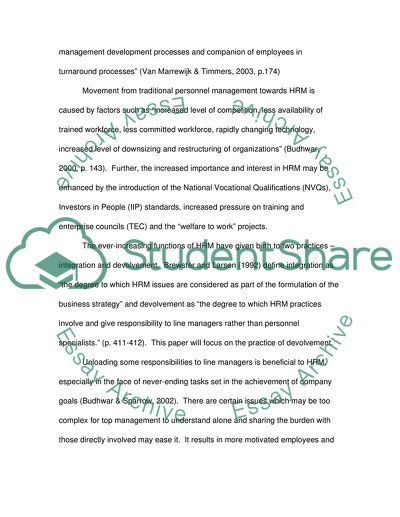Cite this document
(Devolvement as a Strategy in Human Resource Management Essay, n.d.)
Devolvement as a Strategy in Human Resource Management Essay. Retrieved from https://studentshare.org/human-resources/1714877-hrm
Devolvement as a Strategy in Human Resource Management Essay. Retrieved from https://studentshare.org/human-resources/1714877-hrm
(Devolvement As a Strategy in Human Resource Management Essay)
Devolvement As a Strategy in Human Resource Management Essay. https://studentshare.org/human-resources/1714877-hrm.
Devolvement As a Strategy in Human Resource Management Essay. https://studentshare.org/human-resources/1714877-hrm.
“Devolvement As a Strategy in Human Resource Management Essay”, n.d. https://studentshare.org/human-resources/1714877-hrm.


